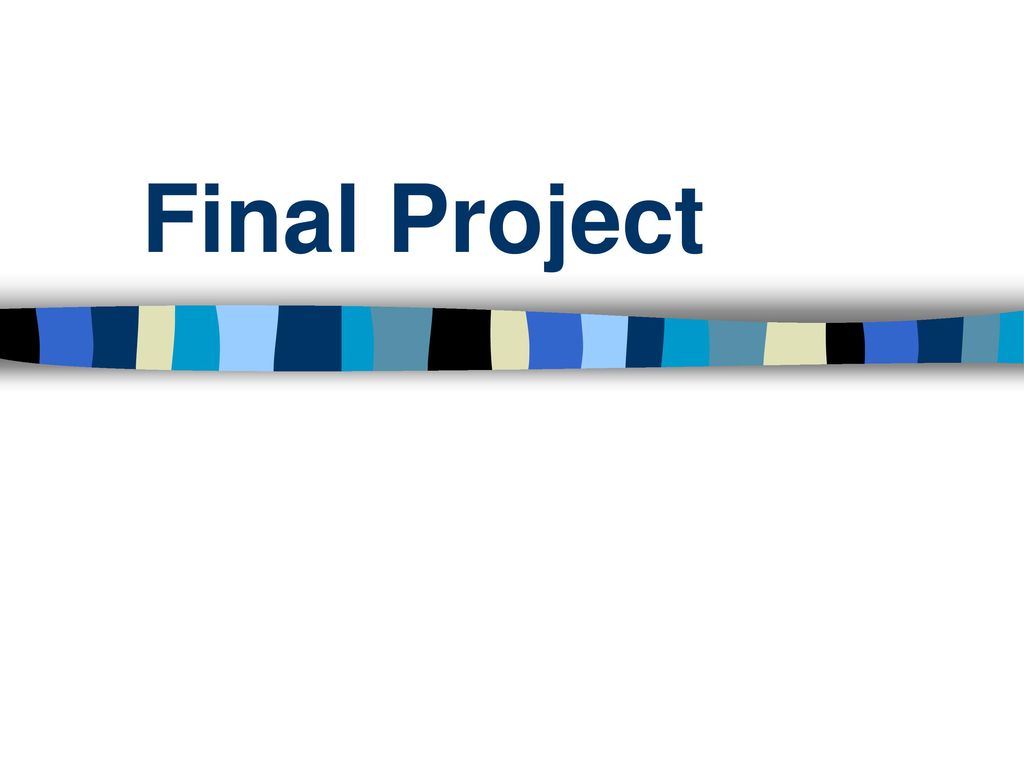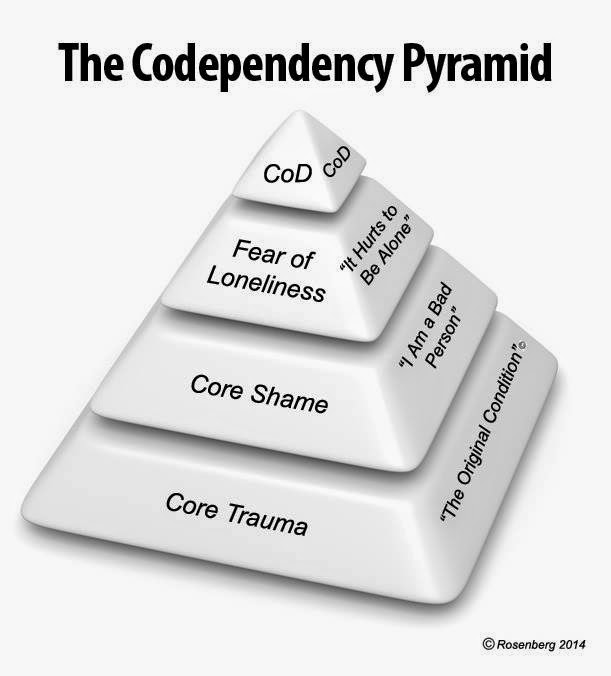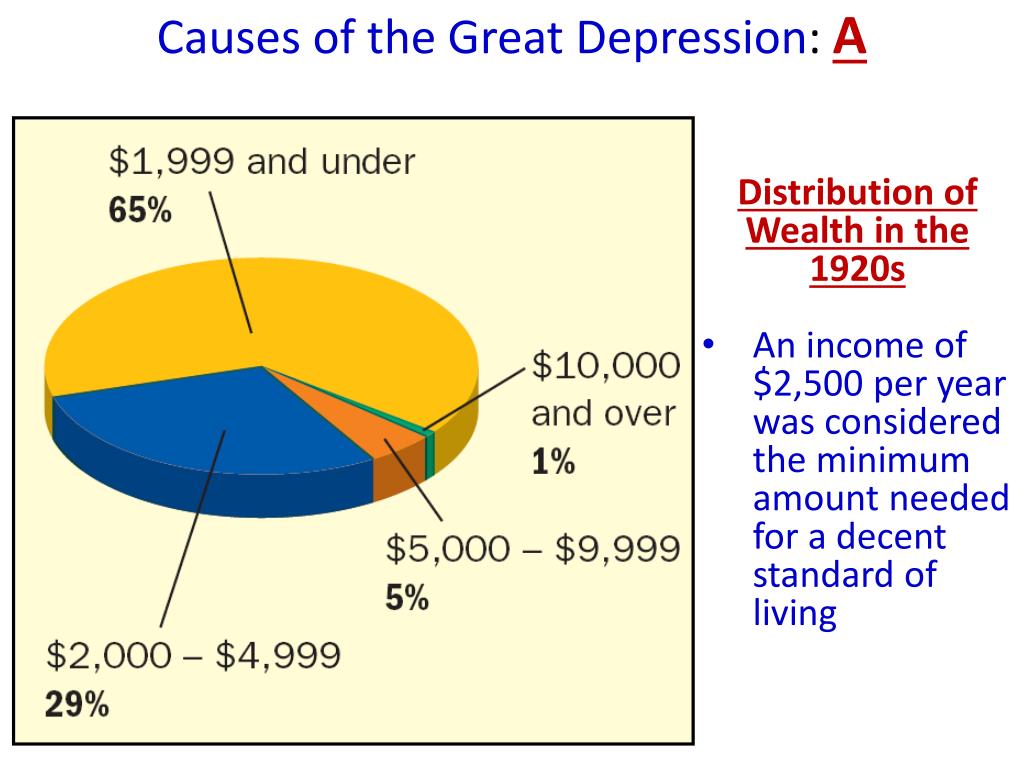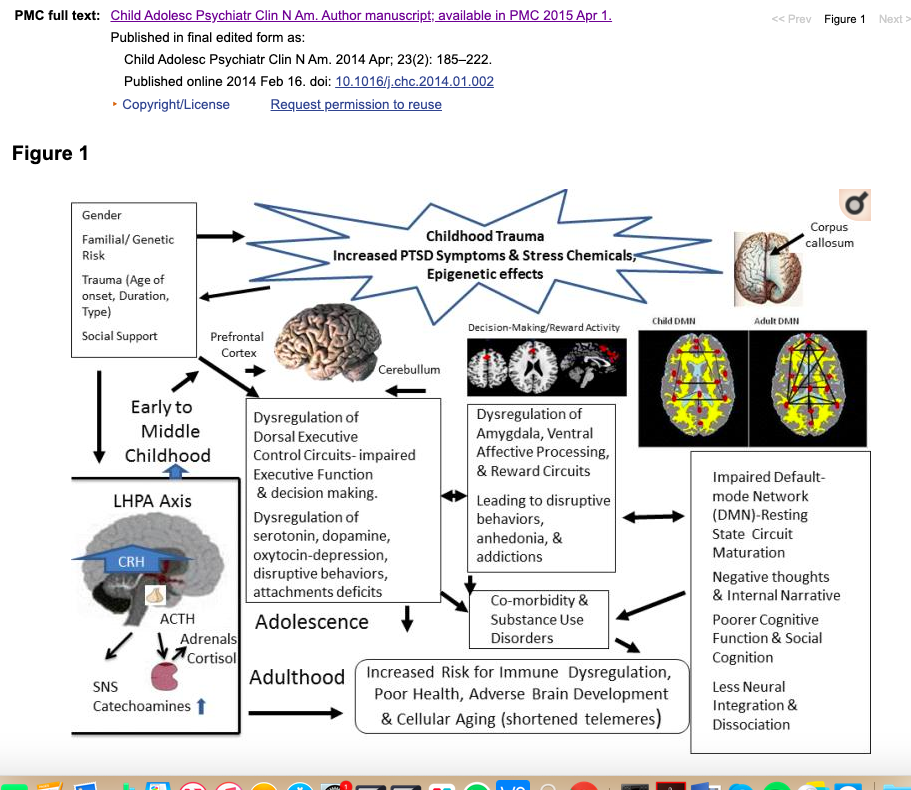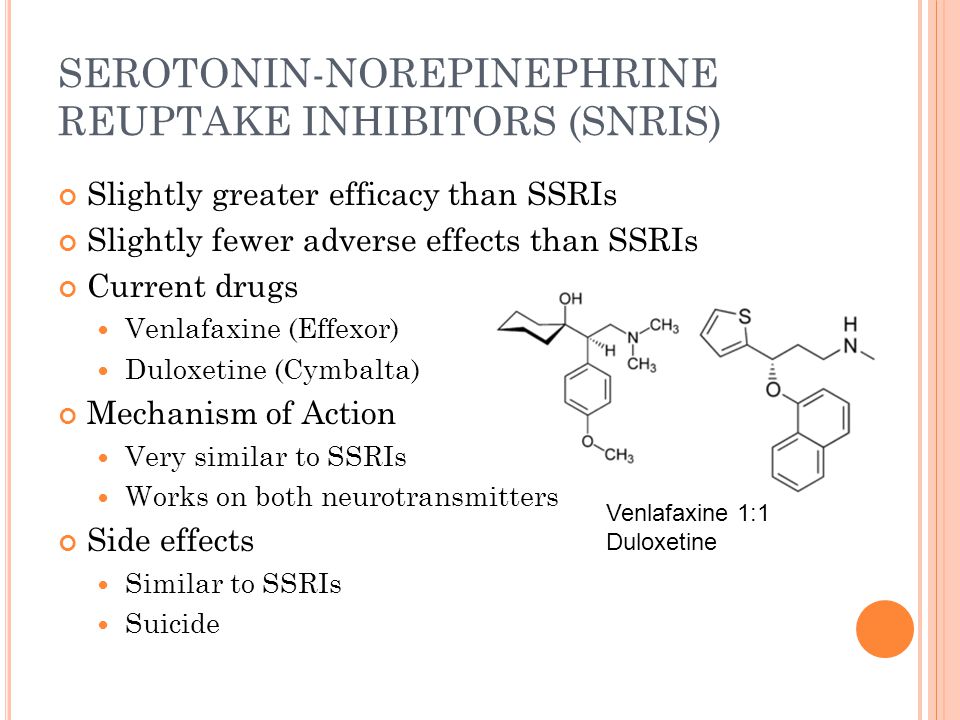Teaching prosocial behavior
Making Prosocial Behavior Contagious in Classrooms
A boy opens the door for a teacher with a smile. A girl helps a classmate get up after an accidental fall in the playground. A teenager spearheads a movement that includes building a community garden. Psychologists call these acts prosocial behaviors, and educators witness these selfless acts regularly.
Prosocial behaviors are driven by concern for other people’s well-being. Behavioral scientists have contemplated what drives individuals to commit these acts. Scientists explain that humans are born to care for each other, so these behaviors are evolutionarily advantageous. Another explanation posits that these acts are rewarded during childhood and adolescence by adults who model such behaviors.
Social learning theorists have long concluded that behaviors that facilitate both negative and positive interactions can be explicitly taught. However, recent research indicates that antisocial behavior is more contagious than helpful acts, and social proximity enhances these effects. Teachers should engage in ways that promote socially desirable behaviors.
Teach Empathy
Empathy drives prosocial behaviors. Students attuned to others’ feelings who can sense others’ thoughts and desires are more likely to engage in helpful acts. One way to promote prosocial behaviors is by explicitly teaching and modeling empathy.
Stories are great avenues for launching lessons in empathy, particularly stories that are personal. When I started teaching in the United States, I often told stories of how a whole community came to help me survive my first year in a country that was so foreign to me and where I had nothing. Students loved hearing about how I slept in a donated sleeping bag and managed to eat three meals daily because of the kindness of strangers.
Create a Climate for Social Interaction
One of the ways in which empathy, and consequently prosocial behaviors, can be promoted is to emphasize social interconnectedness. Provide opportunities for students that require them to rely on each other to succeed.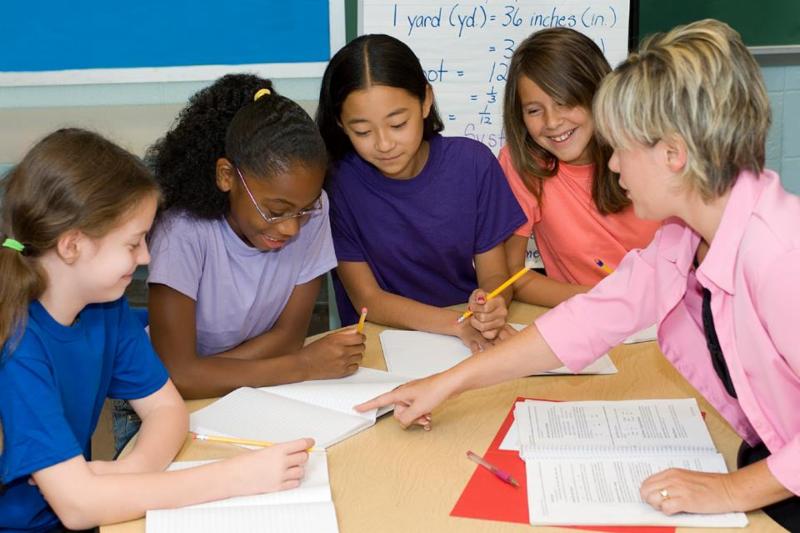 Students need to see that every individual has something to contribute. For each critical learning goal, the teacher should ask, “How can I create tasks that involve social interdependence? How can I make all students recognize that each individual adds value to the project success because of his or her contribution?”
Students need to see that every individual has something to contribute. For each critical learning goal, the teacher should ask, “How can I create tasks that involve social interdependence? How can I make all students recognize that each individual adds value to the project success because of his or her contribution?”
A group activity I often use at the start or end of a unit is concept mapping. Each student in a small group is provided cards with key ideas and concepts written on them. The group is in charge of creating a concept map that summarizes the unit. The group members must depend on each other to come up with the concept map that encapsulates the chapter. When the group reports, each member must explain how the cards of a fellow member contribute to the entire concept map. The activity shows the necessity of a contribution by each individual student. Prosocial behaviors result from multiple experiences of connecting with people and realizing that each person has something to offer.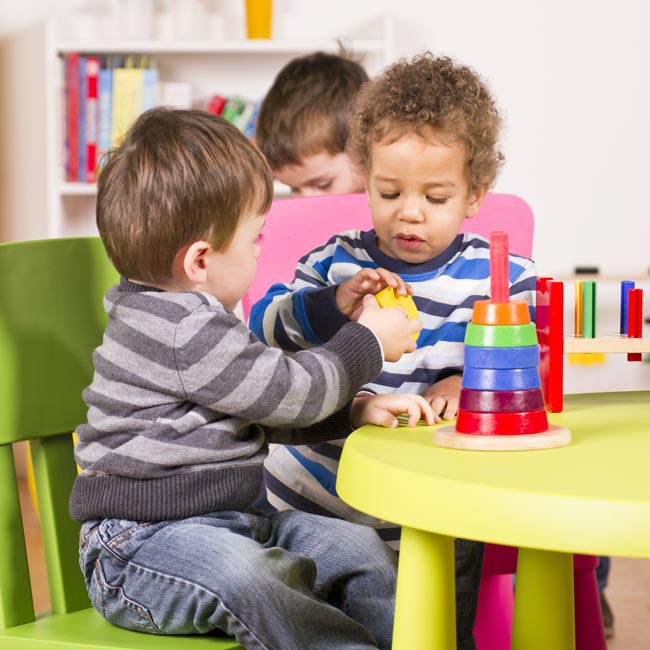
Use Positive Reinforcements
For prosocial behaviors to take root, teachers must call out the behavior and complement the action. Peer contagion can be used to promote selfless acts. Because the negativity bias causes humans to be more attuned to antisocial acts, a sensitivity for prosocial behaviors should be developed.
Celebrate with explicit praise. I usually call out the particular action: “Today, I witnessed Maria helping a classmate who accidentally dropped her books. Let’s give her the 10-finger whoo!” The 10-finger whoo, from Whole Brain Teaching, involves classmates wiggling their fingers toward a student while shouting “Whoo!” as an act of recognition. Such simple acts are worth more than any rewards and reinforce positive prosocial behavior.
Establish a Culture of Kindness and Gratitude
Make kindness normal. Establish a classroom culture where prosocial behaviors are expected. Instead of a laundry list of rules at the start of the year, keep it simple and start with the ethical principles of (1) first, do no harm, (2) act to benefit others, and (3) strive for justice and equity.
Measuring these constructs can be difficult. How do we measure empathy, or levels of it? How do we measure connectedness? While quantitative, exact measures do not exist and it may take time for the impact to be realized, teaching prosocial behavior yields an environment more conducive to learning. When students commit helpful acts without being prompted, or let the teacher know when some students need more help, we know that our strategies are working.
Equip Students With the Language of Compassion
Model empathy and prosocial behaviors by paying attention to verbal language. Try the following:
- What’s going on?
- Wonder what you were thinking and feeling…
- What do you need?
- How can we show ____ that you did not mean what you said?
- How can we act more kindly?
Use the language of compassion in the classroom regularly. Since a child must learn to love himself or herself before developing the capacity to act kindly toward others, teach self-compassion.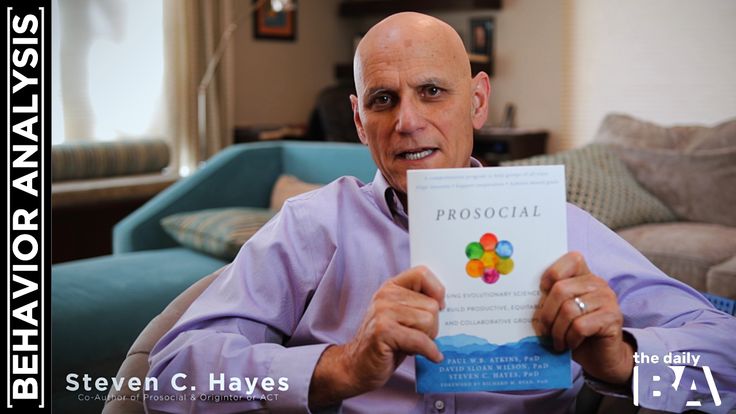 Hurt individuals hurt others. Teach students how to challenge negative self-talk. Every week, strive to check in and listen to each student.
Hurt individuals hurt others. Teach students how to challenge negative self-talk. Every week, strive to check in and listen to each student.
Prosocial actions can be taught through explicit actions from a caring educator. Build empathy first, teach self-compassion, model caring acts, facilitate regular social interactions, foster social interdependence, and celebrate prosocial acts. Finally, use the language of compassion by striving to listen and understand first.
How to Promote Prosocial Behaviors in the Classroom
Humans are born with prosocial behaviors. Each time we do a prosocial act, our brain releases chemicals that make us feel good, and those same chemicals enhance learning.
According to a study from the Encyclopedia on Early Childhood Development, “Prosocial behavior is linked positively to classroom grades and standardized test scores.” Using prosocial behaviors in the classroom improves learning outcomes for students. Here are three prosocial behaviors you can use today in your classroom: gratitude, kindness, and empathy.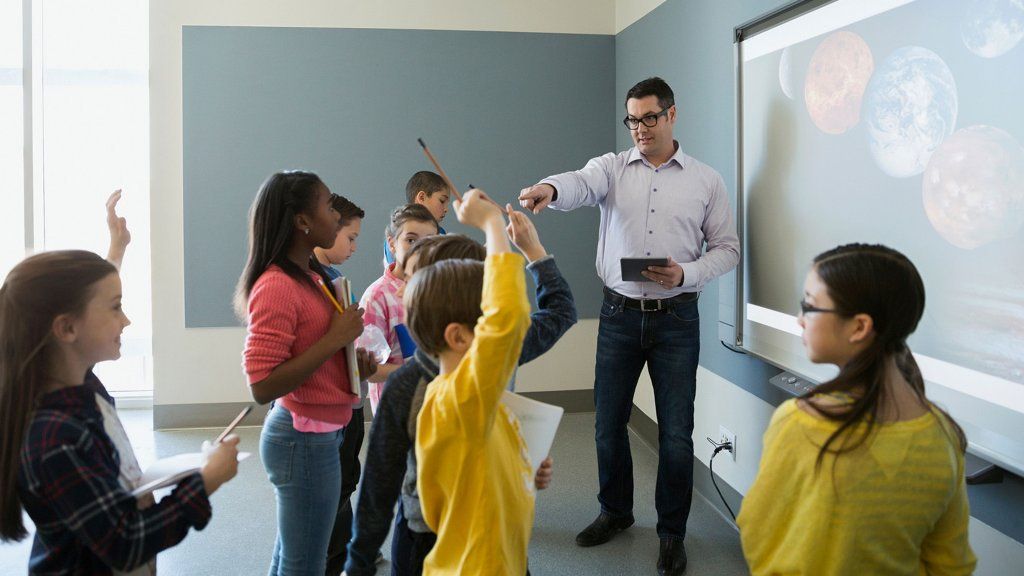
Practicing Gratitude in the Classroom
Gratitude enhances the mood of the sender and the receiver. Also, according to a study from Harvard, feeling gratitude over time increases the overall mood of a person.
In the classroom, foster gratitude by setting aside time for students to journal weekly or daily about things they are grateful for. Consider having them use a notebook, work with a shared folder in Google Drive, or staple sheets of paper to keep their entries together. Over time, remind students to go through their journal and look at previous entries because this type of review helps deepen the effectiveness of the gratitude journal.
The records of gratitude can be public as well. Provide a designated area by taping off a wall space in your classroom or creating a bulletin board for gratitude. Students can write notes of gratitude to each other on sticky notes or index cards. Model the behavior by writing positive notes to students for specific acts and posting the praise.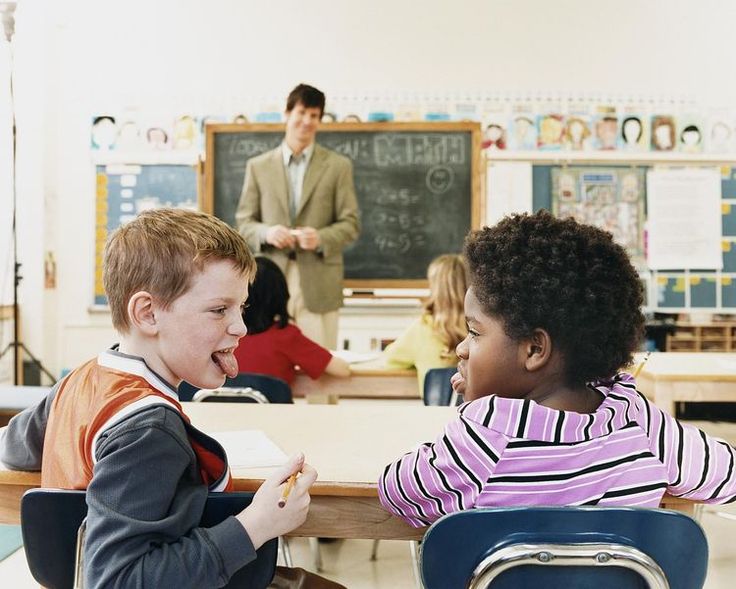 As students write the notes, allow them to turn the notes in to you. If a student should turn in a note that doesn’t qualify as a note of gratitude, give him or her feedback on how to improve the note. Allow students the chance to revise their writing.
As students write the notes, allow them to turn the notes in to you. If a student should turn in a note that doesn’t qualify as a note of gratitude, give him or her feedback on how to improve the note. Allow students the chance to revise their writing.
Encouraging Random Acts of Kindness
Random acts of kindness increase compassion, which in turn leads to a greater sense of interconnectedness in the classroom. The prosocial behavior of kindness, according to this study, is also contagious, and when witnessed by others, it causes kindness to spread. The following are three simple ways to include random acts of kindness in your classroom:
Give authentic compliments and praise. Taking the time to point out something a student is doing well is an easy way to spread kindness. When students see modeling of authentic compliments, they can replicate specific praise with their peers.
Have students do simple acts to help the school. Students can make cards to welcome new students to the building.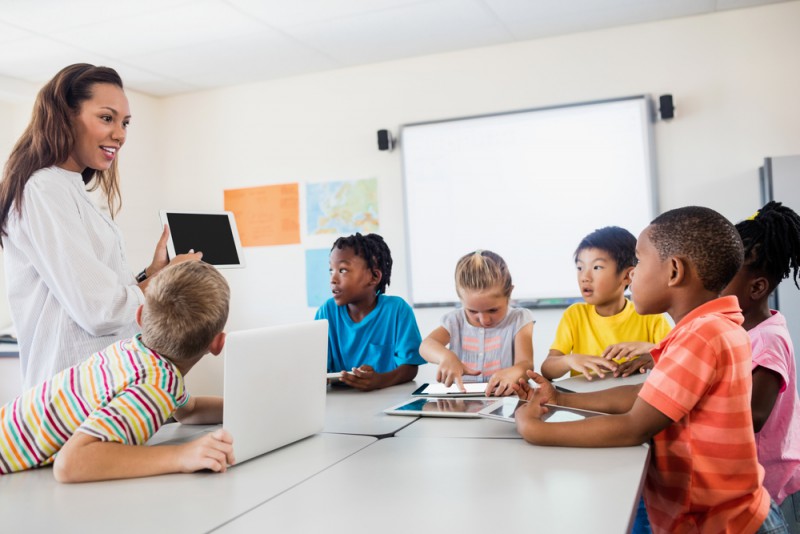
They can also create a jar of joy. Give students paper, markers, and scissors, and allow them to fill a jar with positive colorful messages, motivational quotes, and stories of encouragement. Once students are finished, they should choose someone to give the jar to as a random act of kindness. Students can use the joy-filled containers for a friend in need, to cheer up patients in need at a local hospital, or to cheer up a sad classmate.
Building Empathy Through Happiness Boards
The prosocial behavior of empathy is important for creating understanding in students. Having students share vulnerabilities and dreams is a way to get them to show and learn empathy. Happiness boards are a useful tool for helping students develop empathy.
Students create visual reminders of positive memories, dreams, and aspirations. They can create a collage digitally, through an application such as Google Slides, or they can create a tangible board by cutting pictures out of magazines.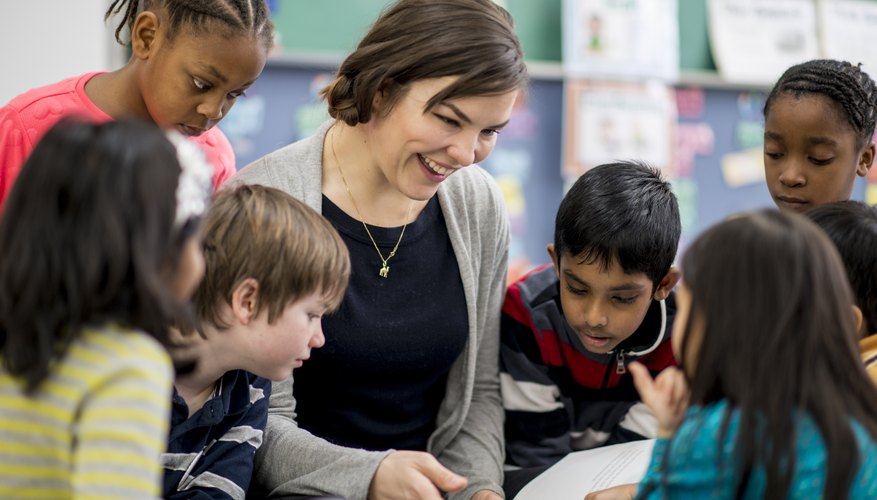
Ask students to make a list of memories or moments in which they were proud of themselves. Next, using the back of the same paper, have students make a list of dreams or goals they have for their life. Finally, prompt students to think of people they admire and write down characteristics of those individuals that they would like to gain, such as compassion, joy, or understanding.
Students can create a collage of visuals centered around their name to represent who they are and their future goals, highlighting the most important aspects of their various lists. Teachers can also participate by creating a board that can serve as a model for the students using their own lives.
Once finished, display the boards around the classroom. Allow students to do a gallery walk around the room and look at the boards. Prompt students to write down similarities and connections they see between their own board and that of their classmates. Bring the class together at the end of the activity to share some of the connections they discovered.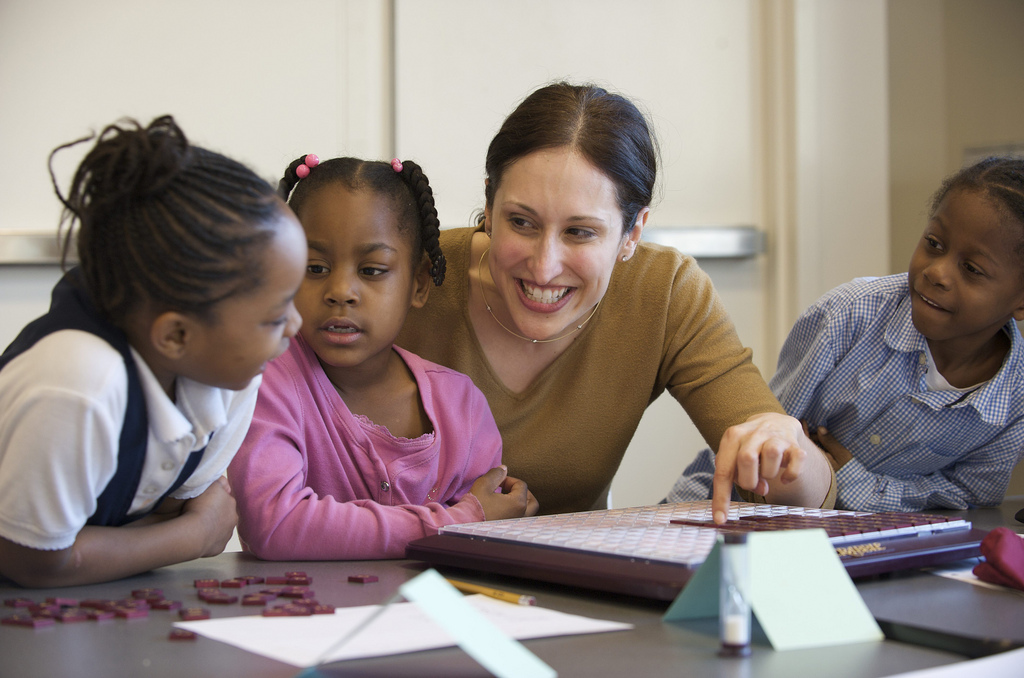 This will help create bridges of empathy and understanding as students see the dreams, goals, and shared experiences that link them together.
This will help create bridges of empathy and understanding as students see the dreams, goals, and shared experiences that link them together.
As teachers, we have an opportunity to teach and model prosocial behaviors to our students. Teaching empathy, kindness, and gratitude contributes to a child’s social and academic success. Prosocial behavior fosters positive traits that benefit learners and society.
Social Skills
PROGRAM DESCRIPTION
The Psychological Program "Social Skills" is designed to teach social behavior in a safe and friendly environment. At each group meeting, children are offered a role model and activities to practice skills. The approach is based on structured learning, a holistic teaching method that provides a framework for systematic learning of skills, similar to academic ones. The emphasis is on providing alternative behaviors to improve the effectiveness of social interactions. The curriculum is based on Michelle Garcia Winner's "Think Social: A Social Thinking Curriculum for School-Age Students" and includes structured activities to address real socialization issues.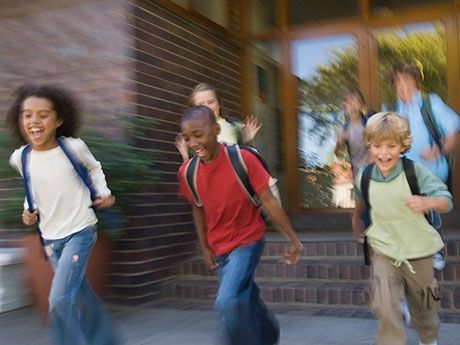
Our social skills training for teenagers has a wide range of benefits. Our social skills groups will help teenagers develop the following qualities:
1) Easier interaction with others
We understand how difficult it can be to interact with peers, especially during adolescence. Our social skills experts use proven techniques to help your child learn how to initiate and maintain conversations. Groups also help your teen read other people's reactions, body language, and attitudes.
2) A sense of belonging
We devote the necessary time and effort to match each client with a group that matches their personality. Our team provides a safe space for your teenager, where his peers understand and unconditionally accept his feelings and emotions. And also thanks to the skills of how to cope with emotions and stress on their own.
3) Boosting Self-Confidence
At our center, coaches and group members always encourage each other to use their social skills in real life, whether at home, at school or with friends.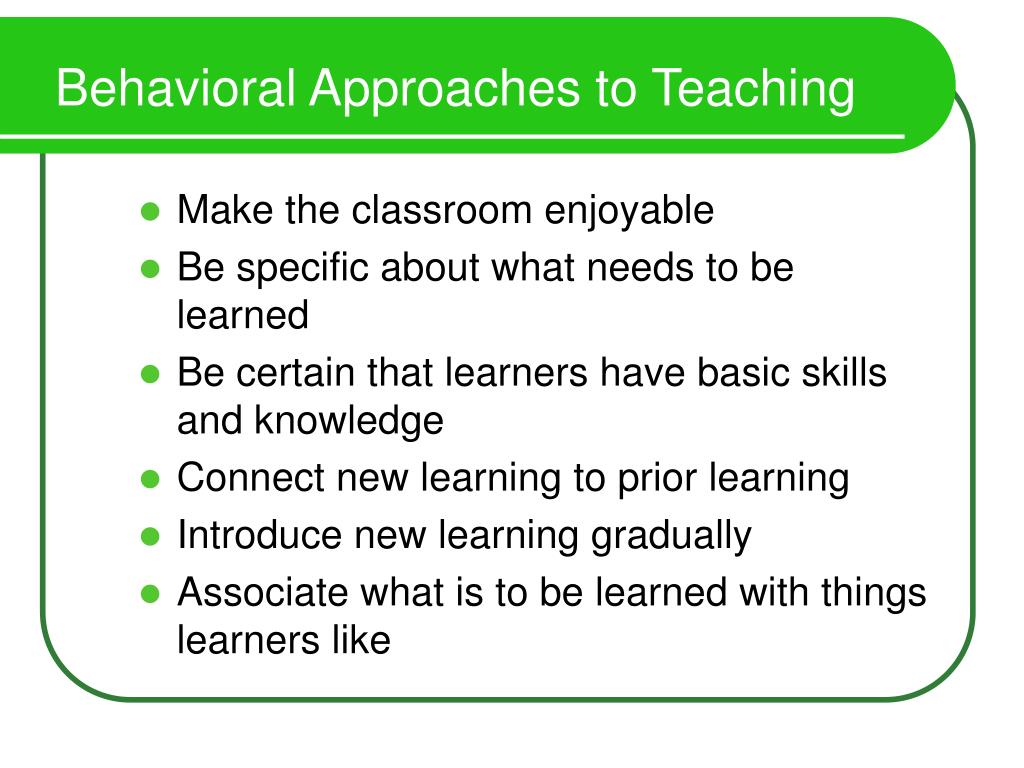 We always want your teen to be confident in their ability to socialize and make friends. And also how to deal with your emotions in contact with others and one on one with yourself.
We always want your teen to be confident in their ability to socialize and make friends. And also how to deal with your emotions in contact with others and one on one with yourself.
Group goals include :
- Making and supporting friends
- Dealing with environmental pressures (peer, teachers and family)
- Using self-control and following instructions.
- Think before you act
- Be able to listen and understand
- Accept rules and consequences
- Set goals
- Solve problems
- Work with feelings
- Acceptance
- Practice in real life situations
- Appropriate behavior modeling
- Communication and feedback
- Activities and games used to teach teamwork and build skills through collaborative activities
If you are interested, please contact your therapist at the Grigory Misyutin Psychological Center or the center administrator at
8 (906) 026-55-33 or leave a request and the curator of the program will contact you.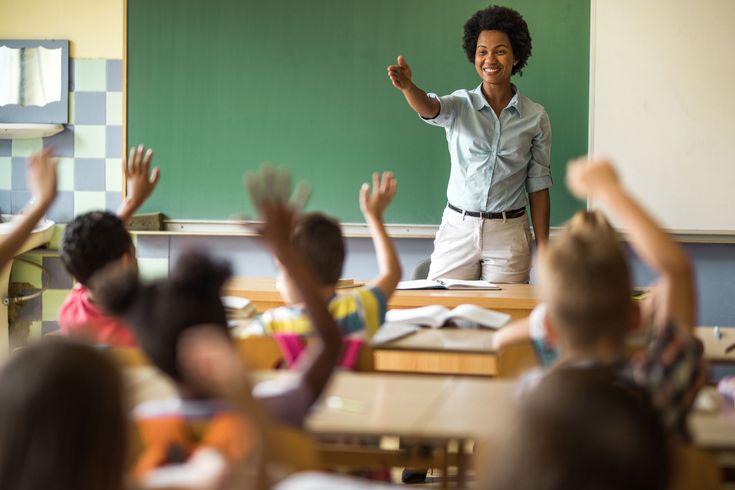
Social training. Wait, who's leading? [Biology of human behavior and other animals]
Social training
Imitation is the main guardian of the species.
L. A. Orbeli
The main form of learning is imitation, imitation of the actions of other members of one's community. The newborn imitates first the mother, and then other people around him. First, the child repeats simple movements: smiles, raises eyebrows, opens his mouth wide, etc., if an adult does it. At the next stages of development, the child already imitates the mental reactions and behavioral style (anxiety, anger, hostility, friendliness, etc.) of the people around him. Thus, a person's personality is formed by the age of five. It is fundamentally important that the child imitates not all the people he meets, but only those whom he considers to belong to his community.
Imitation, imitation is the main form of learning, including in humans
There is an opinion that the basis of learning is the process of developing a conditioned reflex, but this is not so.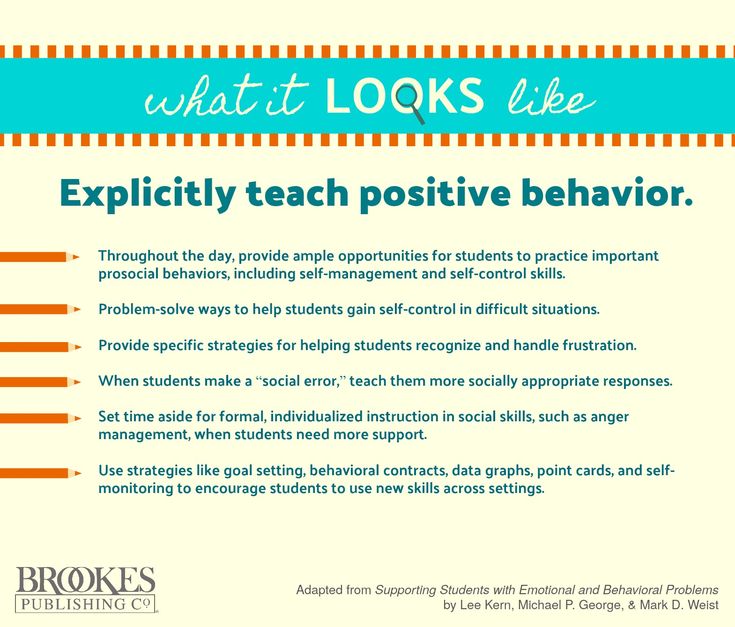 If animals were trained in this way, they would die. It is possible to develop a conditioned reflex from the first presentation:
If animals were trained in this way, they would die. It is possible to develop a conditioned reflex from the first presentation:
Zhmurik the cat, having been hit in the muzzle once with the rainbow tail of a sea bass, never again approached a live fish [222].
But this first presentation of a stimulus may also be the last event in the animal's life. A conditioned reflex is a mechanism for consolidating acquired skills, and knowledge and skills are acquired through imitation. Thus, the statements: “I am self-sufficient”, “I made myself” ( “I am a self-made man ”), “I owe everything good in me to books” are false, if only because a person deprived of childhood society of other people ("Mowgli"), cannot develop into a normal personality.
With the help of a conditioned reflex, skills are only reinforced, and they are acquired in the process of imitation
No person is self-sufficient, that is, he is not limited in his activity only by his personality. Even a hermit, whose main form of activity is prayer, is not devoid of memories of people. In addition, the statement “I am a self-sufficient person” is most often heard from people who lead an active social life. A self-made person is usually referred to as someone who has achieved financial success with a modest start-up capital. The above wording is inaccurate, because he achieved success at the expense of the failures of others, not to mention the education that this person also received with the help of other people, since this cannot be done solely with the help of books. Social contacts are necessary in any case - at least in order to find out which books are worth reading.
Even a hermit, whose main form of activity is prayer, is not devoid of memories of people. In addition, the statement “I am a self-sufficient person” is most often heard from people who lead an active social life. A self-made person is usually referred to as someone who has achieved financial success with a modest start-up capital. The above wording is inaccurate, because he achieved success at the expense of the failures of others, not to mention the education that this person also received with the help of other people, since this cannot be done solely with the help of books. Social contacts are necessary in any case - at least in order to find out which books are worth reading.
The prevalence of statements like the above is also due to the fact that many people tend to exaggerate the value of what they give to others and downplay the value of what they receive from others. Not everyone is aware of how much others have given them. Unlike many, Marcus Aurelius, who highly appreciated both his personal qualities and his work as an emperor, devoted the first of his twelve books of reflections “Alone with Myself”[223] to listing the people and gods to whom he considered himself indebted.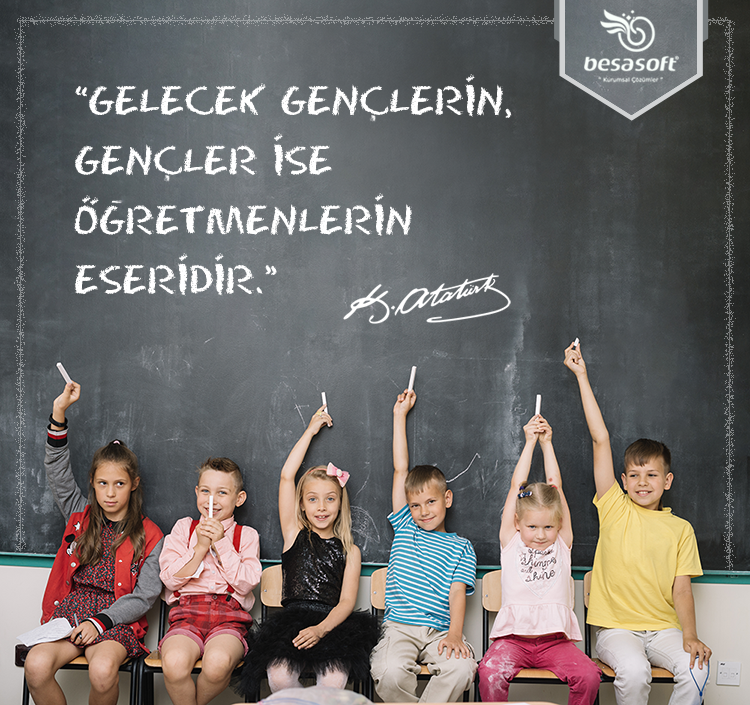
Thus, based on the need for social self-identification, a person's personality is formed by imitation of other members of the community. Imitation of behavioral and mental reactions most often occurs unconsciously. This process is especially active in childhood, at a time when a person's personality is being formed.
This text is an introductory fragment.
Army training
Army training We got acquainted with the fighters of the immunological army of cells and their formidable weapons. And now we will tell you how this army is prepared and trained. In order to learn how to resist the enemy, our troops must definitely get acquainted with him and his weapons.
Mutual learning of ants.
Mutual learning of ants.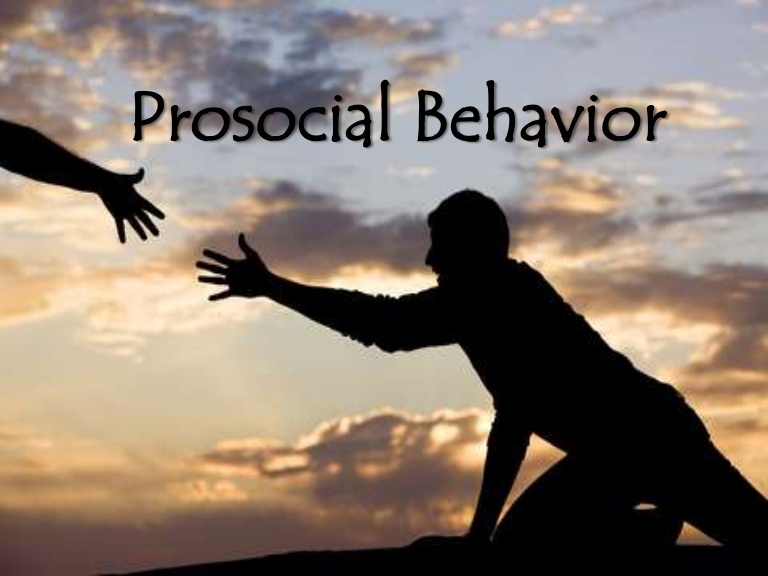 To one degree or another, learning occurs in all animals that live together for some part of their lives, whether they are bird rookeries or schools of fish. The more stable such an association, the stronger the ties between its members, the greater the learning opportunities. In this
To one degree or another, learning occurs in all animals that live together for some part of their lives, whether they are bird rookeries or schools of fish. The more stable such an association, the stronger the ties between its members, the greater the learning opportunities. In this
Social behavior
social behavior Tinbergen defines the formation of animal communities in the following words: “A species is called social when its members have the instinct to jointly perform individual or all instinctive actions.” "Social behavior is at the service of
Chapter 4. Social behavior
Chapter 4 Social Behavior People obey the laws of nature, even when they fight against them. J. W. Goethe (1749–1832), German thinker Social behavior is as phylogenetically determined as any other kind of behavior. This is clearly demonstrated by the comparative
Wolf training
Wolf training Now consider the assumption that wolves, after being tamed, can be trained to be of some use to humans.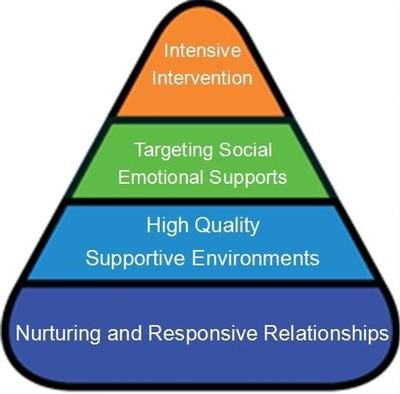 We have observed that they learn to establish relationships with people, and the better, the more these relationships correspond to
We have observed that they learn to establish relationships with people, and the better, the more these relationships correspond to
Social being
social being When a puppy turns 21 days old, he literally suddenly becomes a social being, fully aware of the individuality of not only his brothers and sisters, but also his mother and his owner. He looks at other people, at dogs and other animals and
Chapter 10 Instinct and Learning
Chapter 10 10.1. Influence of past actions Like morphogenetic fields, motor fields are driven by morphic resonance from past similar systems. The details of the structure of the animal and the organization of the oscillatory activity of its nervous system are usually similar to
10.4. Training
10. 4. Education We can say that learning occurs when there is some relatively permanent adaptive change in behavior as a result of past experience. There are four general categories here:[215](1) The most generic type found
4. Education We can say that learning occurs when there is some relatively permanent adaptive change in behavior as a result of past experience. There are four general categories here:[215](1) The most generic type found
Social being
social being When a puppy turns 21 days old, he literally suddenly becomes a social being, fully aware of the individuality of not only his brothers and sisters, but also his mother and his owner. He looks at other people, at dogs and other animals and
Training
Education A long childhood is necessary for a human child in order to stretch the period of the most effective learning - the period of imprinting, which is possible only while the formation of new 9 in the brain continues.0005
Learning is not only demonstration and imitation
Learning is more than just demonstration and imitation Modeling the mind of the person we are talking to allows us to change the way we communicate with that person.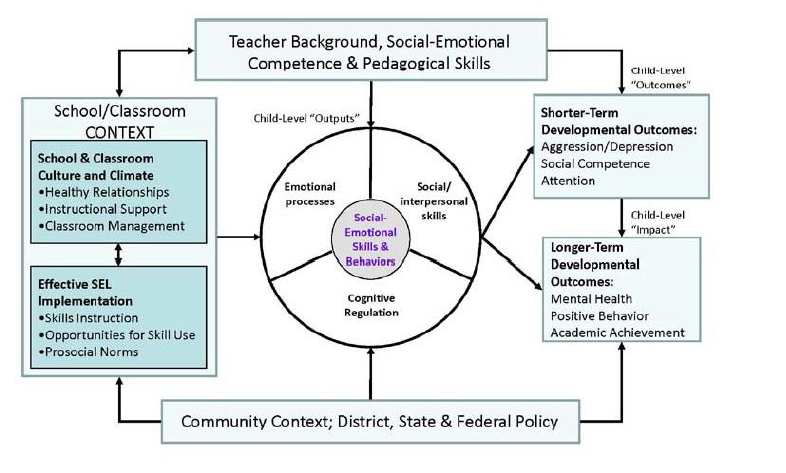 We can take into account what this person knows and what he is able to understand. People possess different
We can take into account what this person knows and what he is able to understand. People possess different
Social climb
social ascent Darwin early demonstrated the usual component of social success—ambition. He competed for status and longed for the recognition he could provide. "I have made good progress in studying aquatic beetles," he wrote to a cousin from Cambridge. "I am
TRAINING
EDUCATION There are many books on dog training written by people much more competent than I am, and it is not my intention to turn this chapter into a treatise on dog education. I just want to talk about a few easy-to-learn skills that make it easier
Social value
social significance The high value of this quality - controllability - is indicated by the prevalence of the surname Smirnov, the most popular Russian surname after the biblical Ivanov and Petrov.